
After watching my buddy crush his tank with his chest in a CCS race crash last summer, I decided it was time to invest in a high-quality back and chest protector. There are a lot of options out there, so I trusted the judgment of my local dealer as well as the aforementioned buddy—Forcefield armor is the way to go.
The newest back protector model from U.K. company Forcefield is the Pro Sub 4. My local dealer in Wisconsin raves about the Pro Sub 4, saying it’s the best back protector on the market. It also accommodates the matching Race-Lite chest protector.
The main figure of merit for back protection is the force transmitted to the back under the impulse specified by CE standard EN1621-2, which allows up to a four kilo-Newton force to be transmitted to the body, the amount of force considered by medical experts to be the maximum allowable to prevent severe back and rib trauma. Independent testing of the Pro Sub 4 by independent testing company SATRA in the UK shows a mean test result of 3.38 kilo-Newtons, making it the first motorcycle back protector in the world to attain this level of performance, according to the manufacturer. It’s impressive that such a high level of protection is possible with such a light (two pounds) and comfortable unit.
Forcefield products boast something called “Repeat Performance Technology.” This means the Nitrex (a polyvinylcloride/nitrile rubber materiel with very good shock absorbing and dispersing properties) layers that make up the armor can be used for multiple impacts. Compare that to other back protectors and armor which are designed to crumple or crush on impact, saving you from injury but not financial damage.
The Pro Sub 4 back protector comes in four sizes, small to extra-large, and lists for $190. I’m six foot even with long legs, so I bought the medium size, which worked out perfectly.
The Pro Sub 4 is over an inch thick (which means you may have to either have your leathers tailored or lose a few pounds), so I was worried it would be too warm. My two track days in a warm, muggy week at Road America were a good test of that issue; I was happy to find that the venting of both the back and chest protectors was excellent, and I was no hotter than I was in my former arrangement. In addition, the comfort and flexibility of the back/chest protector combination are also very good, and I was just slightly aware of it while riding the track (One piece of advice I’d give is to be sure to take a deep breath before tightening the back protector, since the wrap-around straps will restrict your breathing if you make them too tight).
The Race-Lite chest protector is a shaped slab of the same layered and perforated Nitrex as the Pro Sub 4, and is strapped to your chest using elastic straps and Velcro fasteners. It comes in three sizes, small to large. Because my jacket is fairly snug, I chose the small size, which turned out to be too small. However, I doubt that its protection is reduced significantly, and it’s comfortable, so I’ll keep it. (The medium size is less than an inch wider and taller.) It lists at $75 and comes with straps for use with a Forcefield back protector or stand-alone use.
I’m quite happy with my choice of the Forcefield back and chest protection set, and highly recommend it to anyone seeking comfortable, yet highly protective body armor.
Forcefield Armor is distributed in the U.S. by Johnson Leathers in San Francisco. Johnson can also retro-fit your leather or textile riding gear with Forcefield armor.
Sam Hokin lives in Madison, Wisconsin and is active in the local BMW and sportbike communities. He rides and tours on a 1991 BMW K75RT, often with his wife Carla, and rides a 2001 Suzuki GSX-R600 at track days. If you’re wondering, he is MD contributor Gabe Ets-Hokin’s cousin—his grandfather (Gabe’s grandfather’s cousin) discarded the “Ets” for unknown reasons. Maybe it was too heavy.

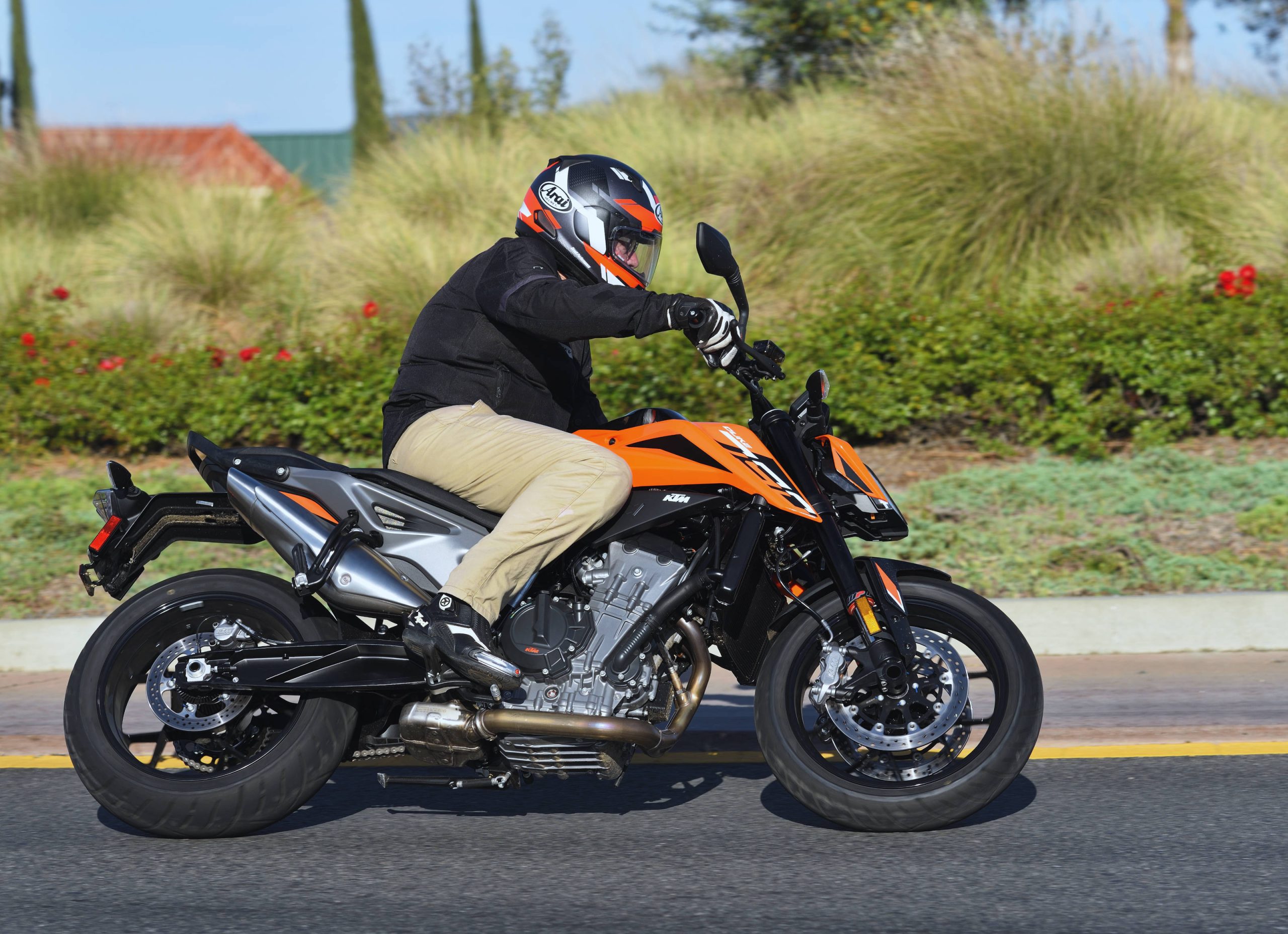
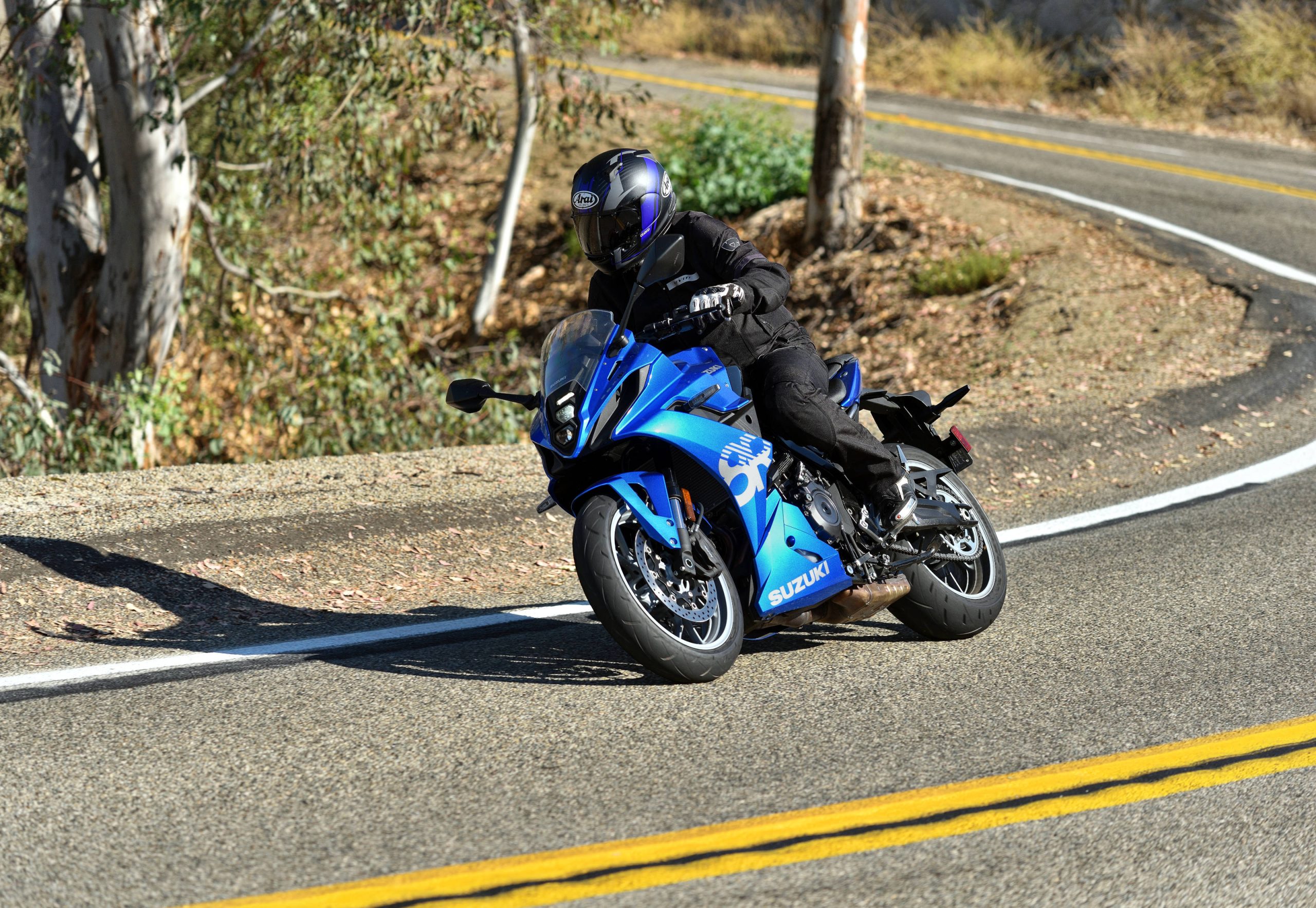
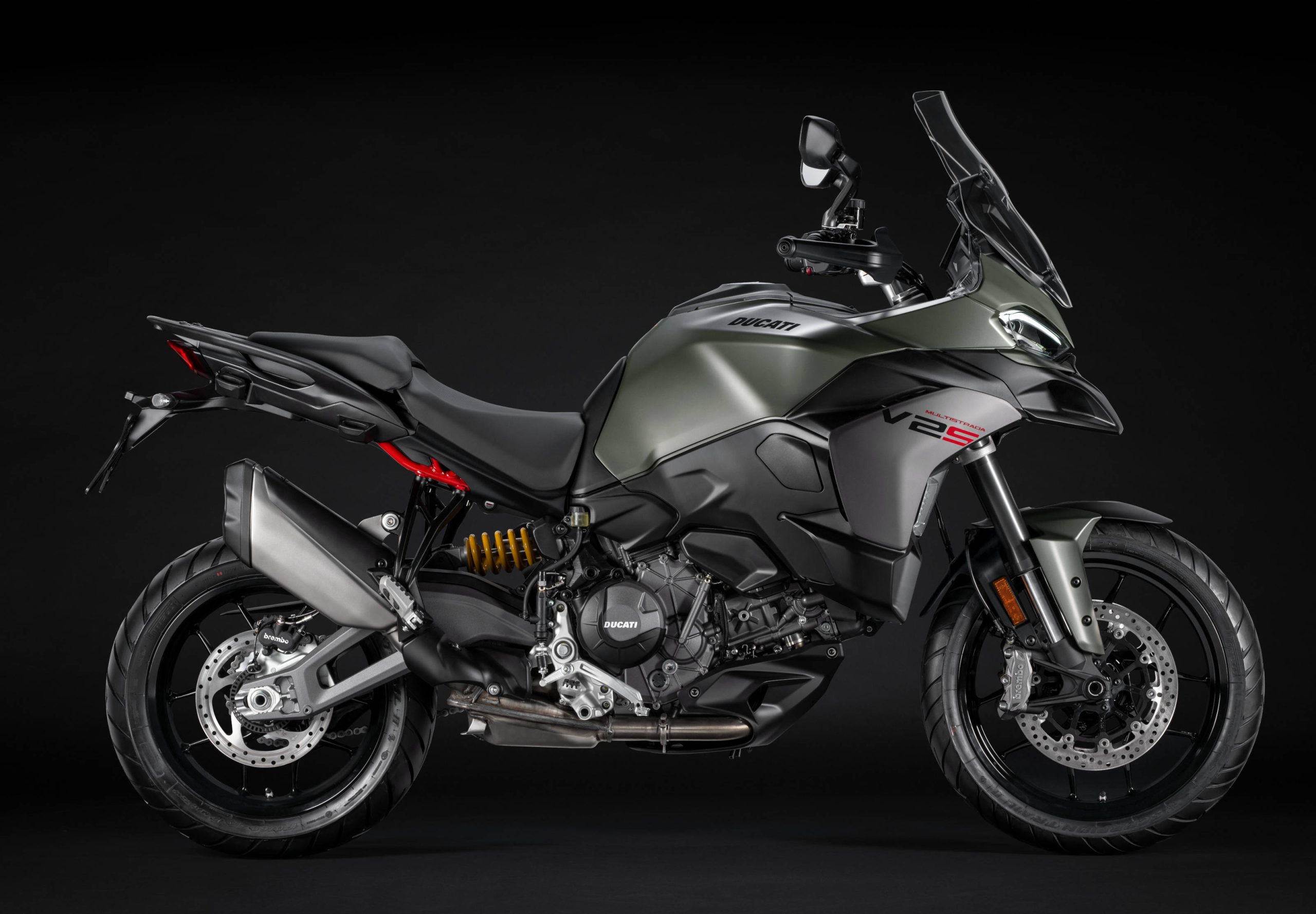
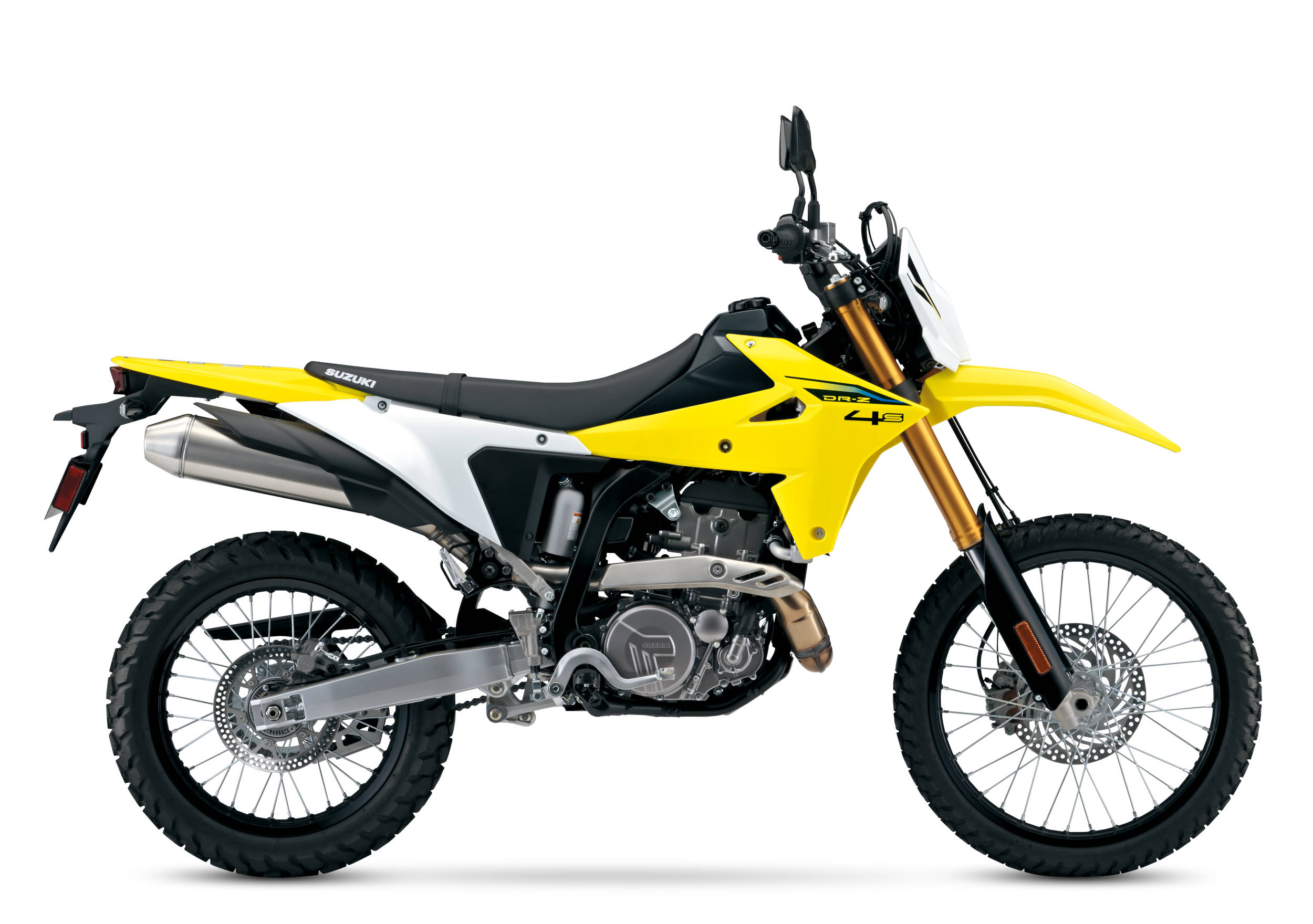
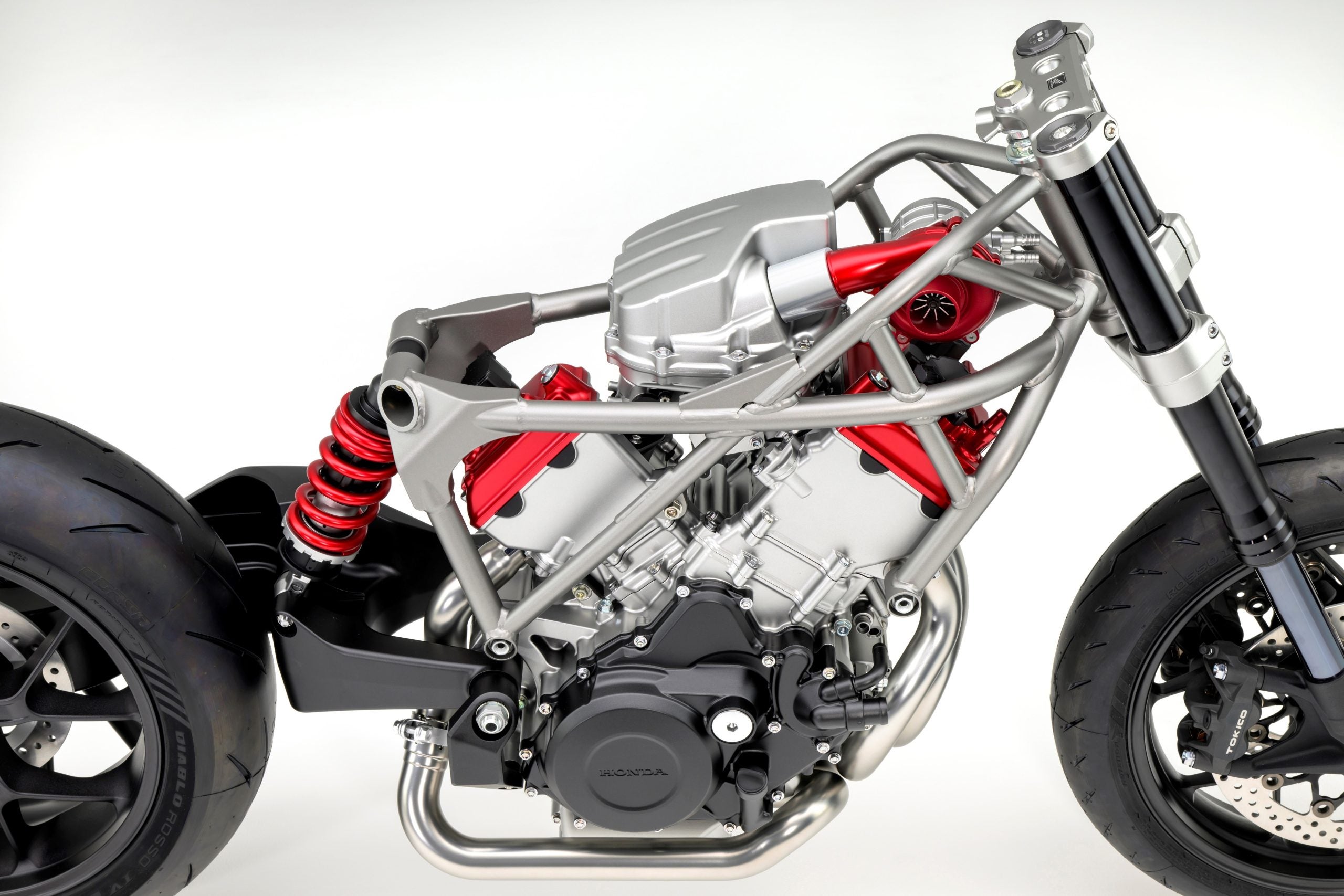
Bob,
to be more specific, CE 1621-1 is about shoulders/elbows/knees/hips protectors (and it indeed allows a higher level -35kN- of impact being transmited to the body)
CE 1621-2 is about back protectors and is separated into level 1 (18kN max) and level 2 (9kN max).
There is quite a lot of 1621-2 lvl 2 protectors available : forcefield sub4 and previous pro L2; new dainese wave; tryonic; spidi warrior; alpinestars bionic; bmw ruckenprotektor…
Kjazz,
I never had the money for a custom suit when I road raced, so the off the shelf suit I had never fit as tight as I’d have liked. As a result, even the shoulder, elbow and knee armor shifted away from the area they were supposed to protect just from simply getting into a tuck or hanging off. My suits I have used over the years for touring were worse for the armor moving to another location because they were designed to be all day comfortable and fit much looser. You just can’t beat the compression suit to wear underneath. It doesn’t move at all.
I’ve become quite concerned about chest protection these days as I lost a life-long buddy last year due to blunt force trauma to the upper chest.
I have tons of gear but it seems everything falls short somehow. I’m just now starting to appreciate the need for (especially) the chest and back protectors to be fully separate from the jacket. This due to the fact that the ground will likely rotate the jacket around your torso and hence the protection with it, leaving vulnerable areas unprotected. May shoulders and elbows still work fine in the jacket. Is there any research analysis (white paper) that deals with whether this is fact or fiction?
I only ever wore an articulating back protector when I raced coupled with the armor built into the leathers. I never even thought about a chest protector until I got into off-road riding (woods)and was crashing on a regular basis. I became worried of small stumps on the ground and sharp broken branches piercing my body and breaking bones. I wear a compression suit that has the armor built into the back, chest, shoulders and elbows full time now. But back when road racing, I never considered a handlebar or footpeg driving into me. As they say…if I knew then what I know now…
I find the Forcefield chest protector interesting for the sole reason that the 3D latticework construction is extremely similar looking to the armor in my Rukka touring suit. As I live in Texas, I deal with lots of heat and humidity and this type of armor does not make me sweat. The other bene is that this kind of armor will take hits over and over rather than crushing like the typical crush-once GP armor, which IMO is better if you happen to roll and take a number of hits to the same location.
If I were still road racing today, I would opt for the compression suits under the leathers over the built in armor that may shift around and not be in the place you need it when you need it.
As for CE certification:
CE standard EN1621-1 is a lower standard than CE standard EN1621-2. EN1621-2 transmits about half the force to the body than EN1621-1 does. The only other back protector I know of with the EN1621-2 cert is the HighVelocityGear Juggernaught which I bought specifically for the certification. So the one is this review appears to have significant value.
http://www.highvelocitygear.com/motorcyclebodyarmor.html
I have a 6-6-1 chest protector since whenever I crash it’s frontally, where up until now I had no real protection. But since I got the protection I haven’t needed it yet on the street. I do wear it religiously on long trips. Don’t wear any back protectors even tho I have them. On most my long rides heat is a factor that concerns me.
I’ve been riding with the older Forcefield back protector for 5 years and I picked up the Sub4 this past season for racing. Both are excellent products. I “tested” the older model in a 80+ mph crash at the track that sent me to the hospital with a concussion. I guess I wish my helmet (a top of the line Suomy) was as energy absorbing as the back protector: despite signs of serious abrasion/impact all along the back of my trashed leathers, I didn’t have a single bruise or contusion in the area covered by the protector.
If these are that good for race day they must be great for the street. I’ve been looking for chest and back protectors that would be comfortable and practicle for everyday use. These could be it.
I am a strong advocate of a chest protector. My one ( and only )crash at a track day was a low side on a wet track. Somehow, I slid off the track, letting go of my bike. The bike came down on my chest, and knocked me out. After the Life flight to the hospital, I learned I had four broken ribs, and a contusion to my heart. Quite painful. Try breathing and keeping your heart rate low??. Fortunately, I healed. WEAR ALL THE GEAR ALL THE TIME. John McD.